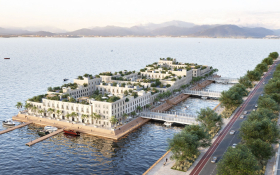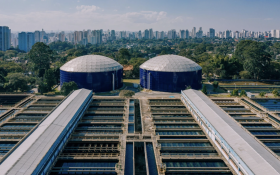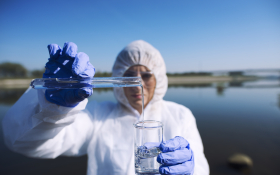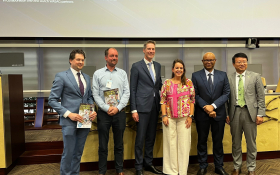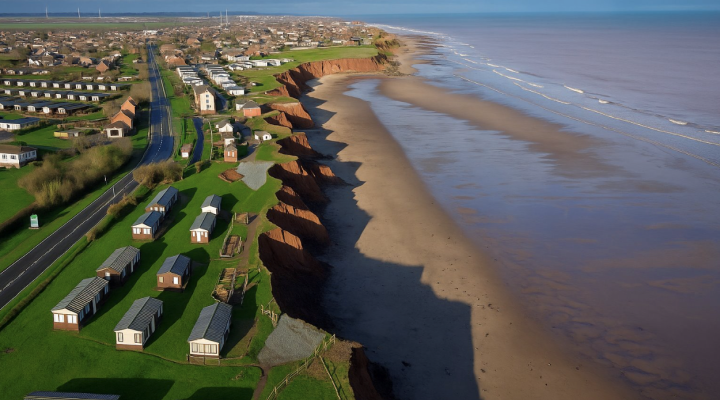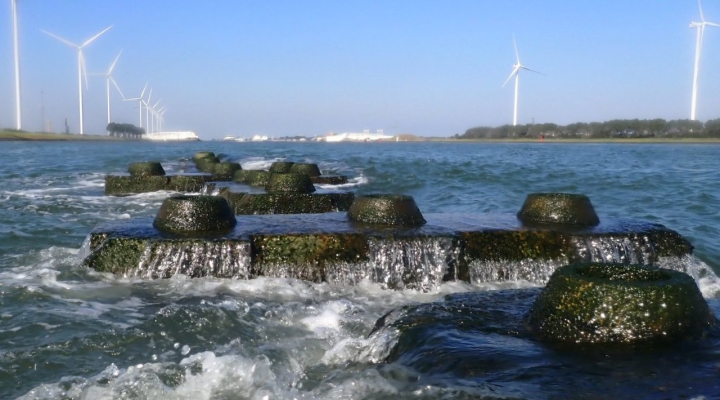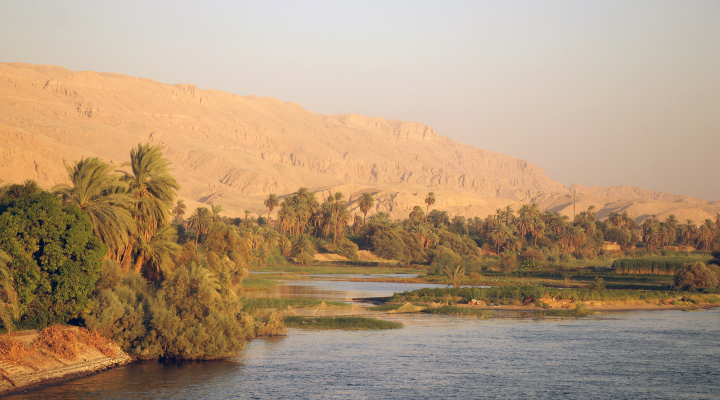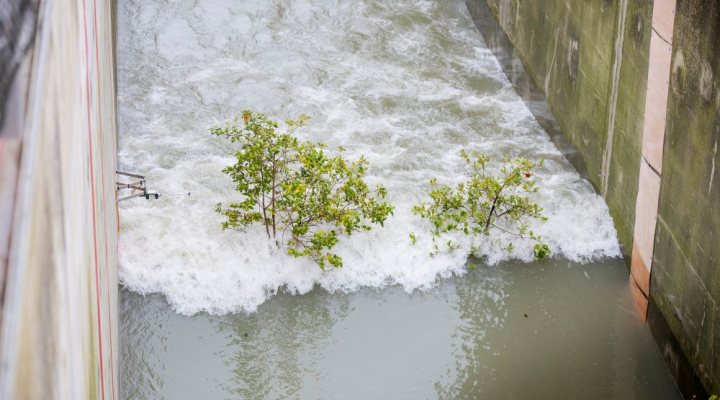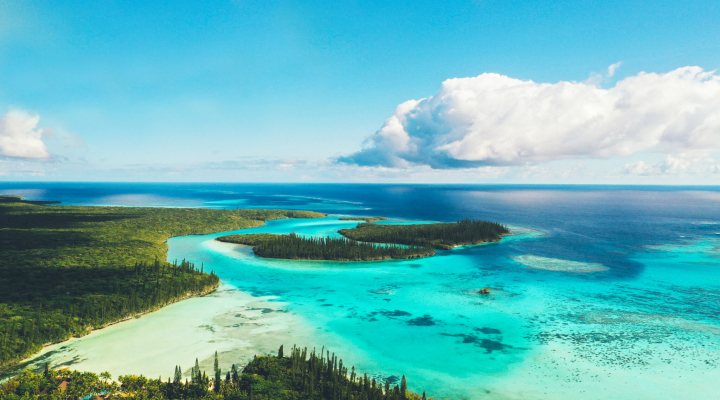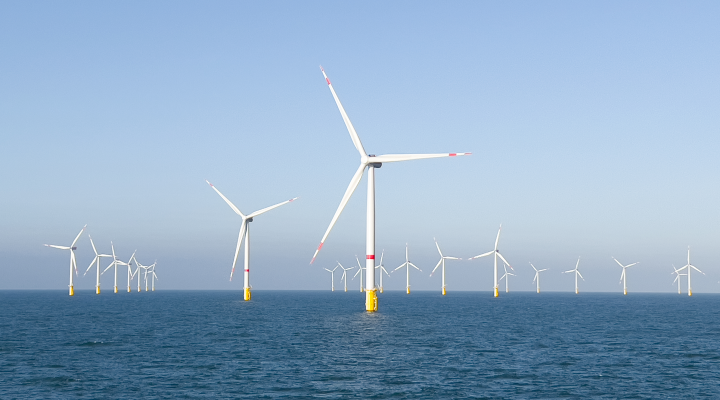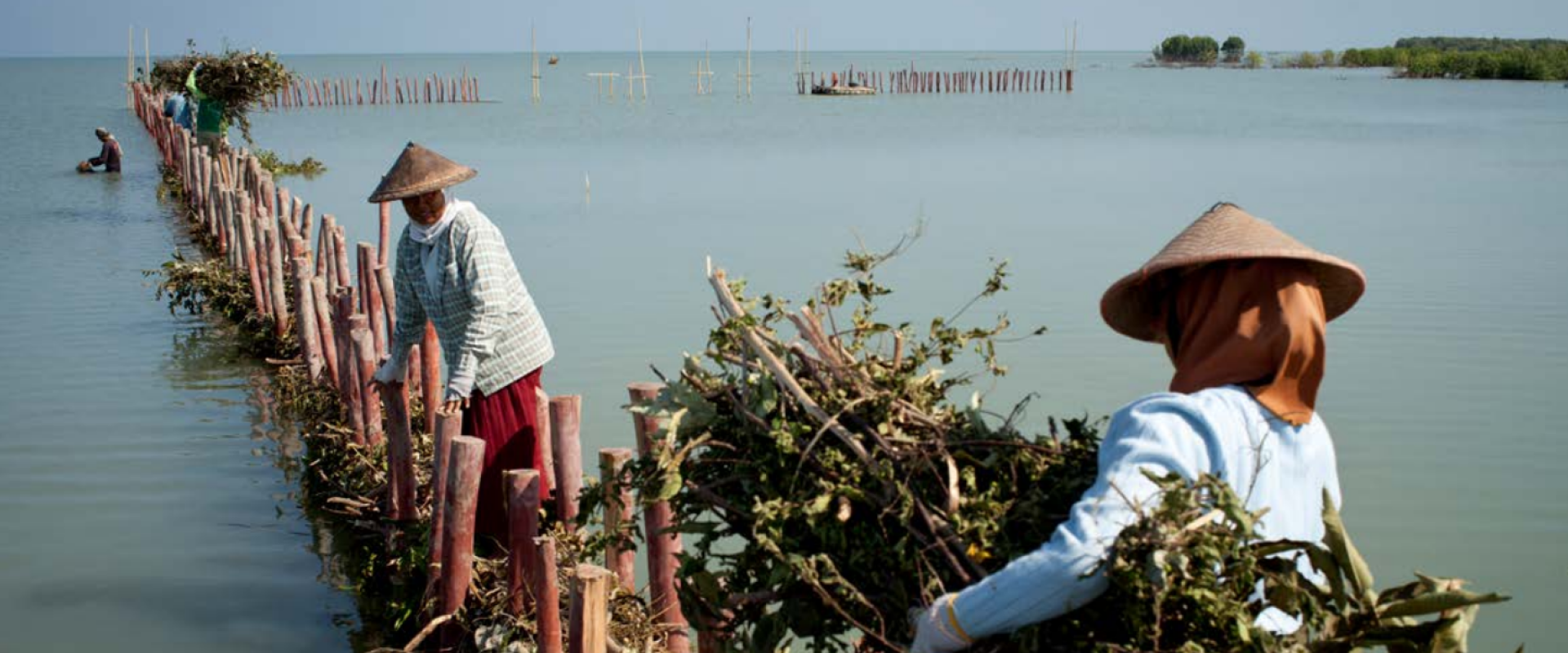
Turning the tide in Demak: Dutch expertise supports nature-based solutions in Indonesia
The northern coast of Demak in Central Java is under severe pressure from a combination of land subsidence, sea-level rise, coastal erosion, and the clearing of mangrove forests for aquaculture. These forces have led to frequent tidal flooding and the displacement of communities, with traditional coastal defences, such as sea walls and breakwaters, proving costly, ineffective, and harmful to the environment. A new approach was needed, one that worked with nature rather than against it. The Building with Nature Indonesia programme marked a turning point. It was the first large-scale international pilot to focus simultaneously on ecological restoration and human resilience, and it showed strong results.
Sea water inundation
The coastal areas of the Demak region in central Java were being inundated by sea water. Rising sea levels, coastal erosion, climate change, the cutting down of mangroves for fish farming, groundwater extraction to supply urban areas and industry etc. meant that some villages became uninhabitable, forcing the inhabitants to leave. Much of the livelihoods of several villages in the region had previously come from crop farming, fish farming and fishing. These were no longer possible. The Indonesian Government tried to prevent further devastation by building structures like breakwaters and seawalls, as is often done to prevent inundation, but these only made the situation worse. They were also very expensive both to build and to maintain, and could not be adapted to further climate related sea level rise.
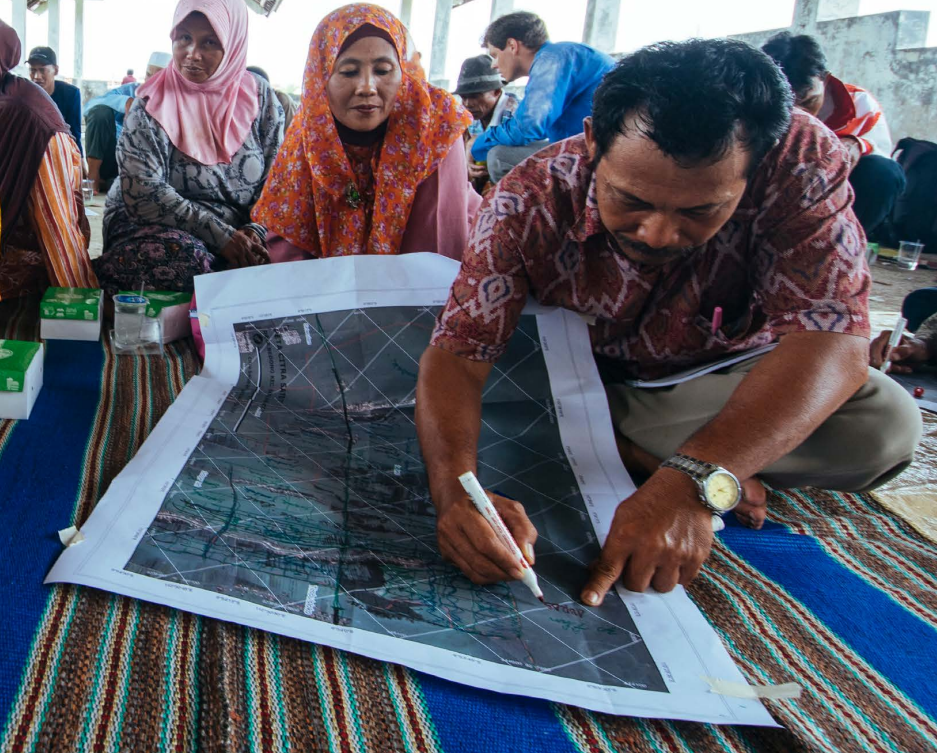

Mangrove forests as a solution
The idea then emerged to build permeable structures at sea so as to resurrect the mangrove forests. While mangrove forests are recognised for their ecosystem services such as coastal protection, acting as a nursery for many marine species, and reducing the impact of storm surges, tidal waves and tsunamis, growing them to prevent inundation and land loss was a largely experimental approach.
Consortium of local government and Dutch partners
A consortium was created involving the Indonesian Ministry of Marine Affairs and Fisheries, the Ministry of Public Works and Housing, Wetlands International, EcoShape, public and private partners, and, importantly, the local community. Involvement and expertise was also sought from sources like local government authorities, universities, residents and farmers. Among the Dutch partners are NWP members Witteveen+Bos, Deltares, Wageningen University & Research, IHE Delft, and TU Delft, all of whom were involved in the design of the programme. The Netherlands Ministry of Foreign Affairs co-funds the partnership through the Sustainable Water Fund.
The water was already quite deep and had crept up the coast, covering the land. Mangrove saplings need shallow water and a stable coast to grow, so the right ecological conditions first needed to be created. Permeable structures made of wood were inserted along the coastline with a few mangrove trees in the hope that more mangroves would start growing around them naturally, benefiting from the protection they gave. This worked out well and what started as an experimental handful of individual mangrove trees along a man-made ‘fence’ has since turned into a mangrove forest. The advantage of restoring and/or planting mangrove forests is that they are permeable, allowing water, sediment, and flora and fauna to pass through, while still protecting coastlines from storm surges. These benefits are in sharp contrast to structures like breakwaters and sea walls.

Community benefits
Since the mangrove forest was restored, the community in Surodadi village in the Demak region have experienced many benefits. They have seen a tripling in the fishermen’s incomes; community groups being established and receiving Government funding to ensure the sustainability of the Building with Nature interventions; protection from strong winds, waves and erosion; and, greater awareness in the community and, regarding the future, among young children. They have also been able to restart aquaculture activities as the fish ponds no longer drain rapidly.
The Building with Nature Indonesia programme is supported by the Dutch Sustainable Water Fund, a programme from the Netherlands Enterprise Agency on behalf of the Dutch Ministry of Foreign Affairs.
Watch the video of the Building with Nature Indonesia programme: Kustbescherming in Indonesië via Building with Nature project
Visit the RVO website for more information on the Building with Nature Indonesia programme.
